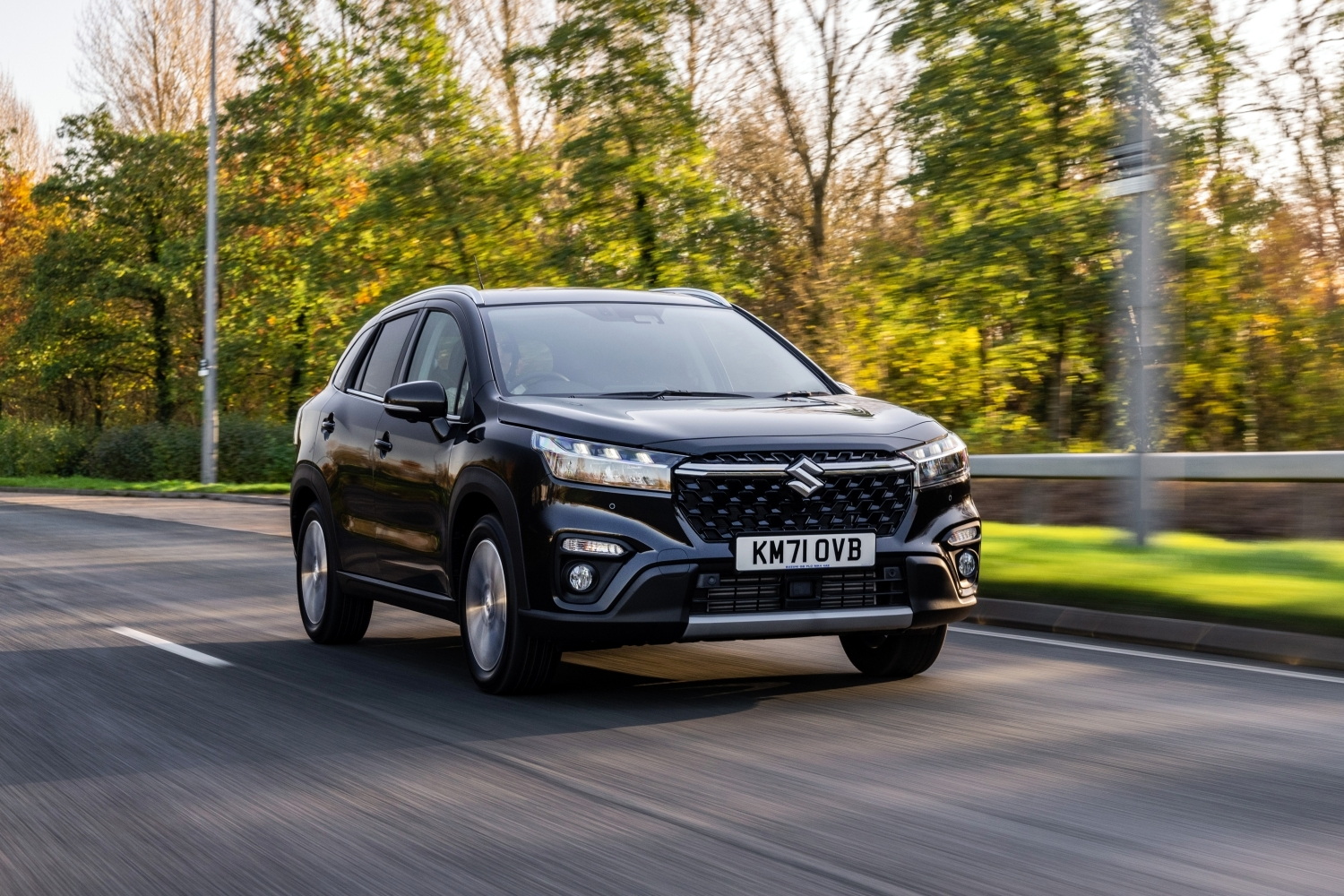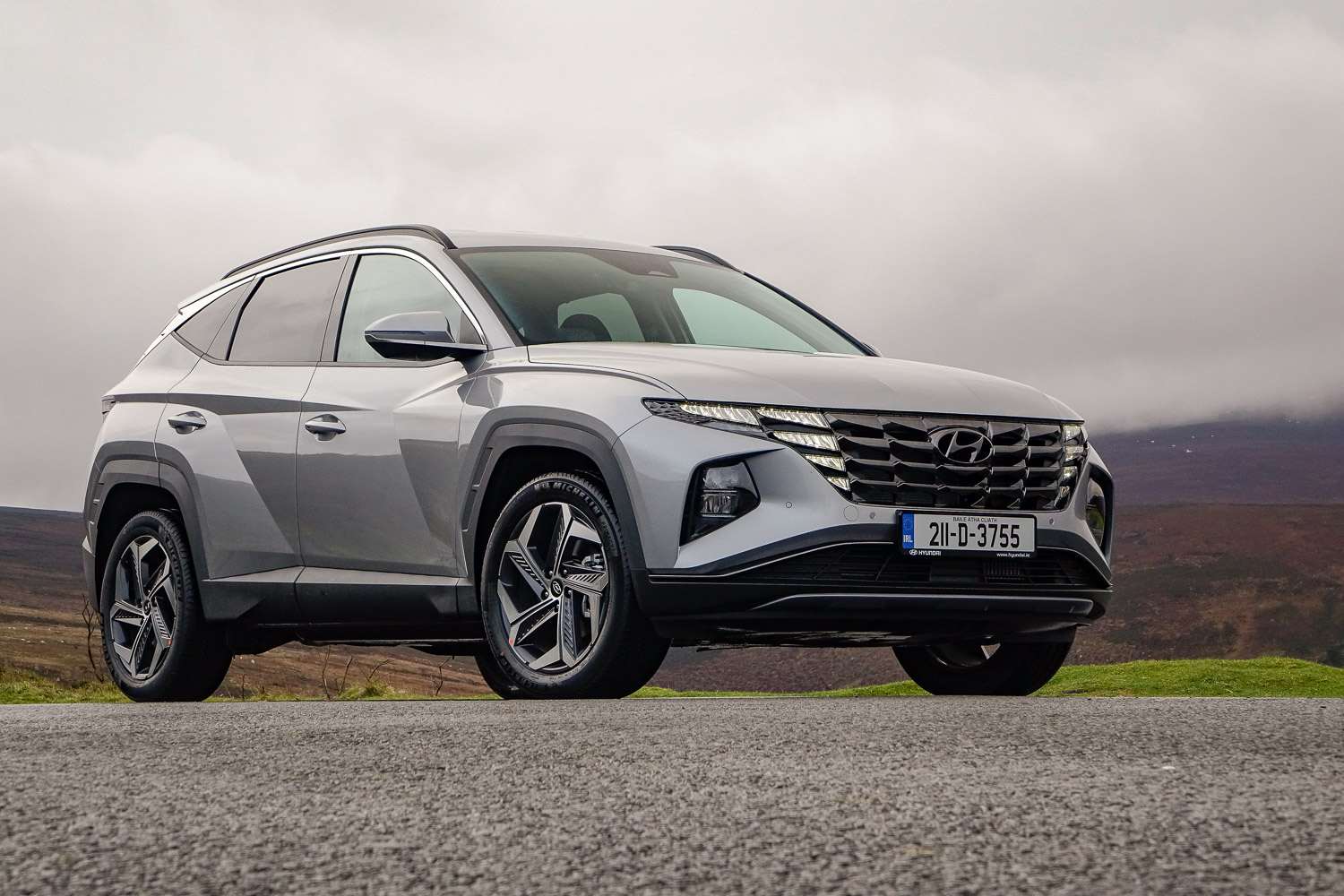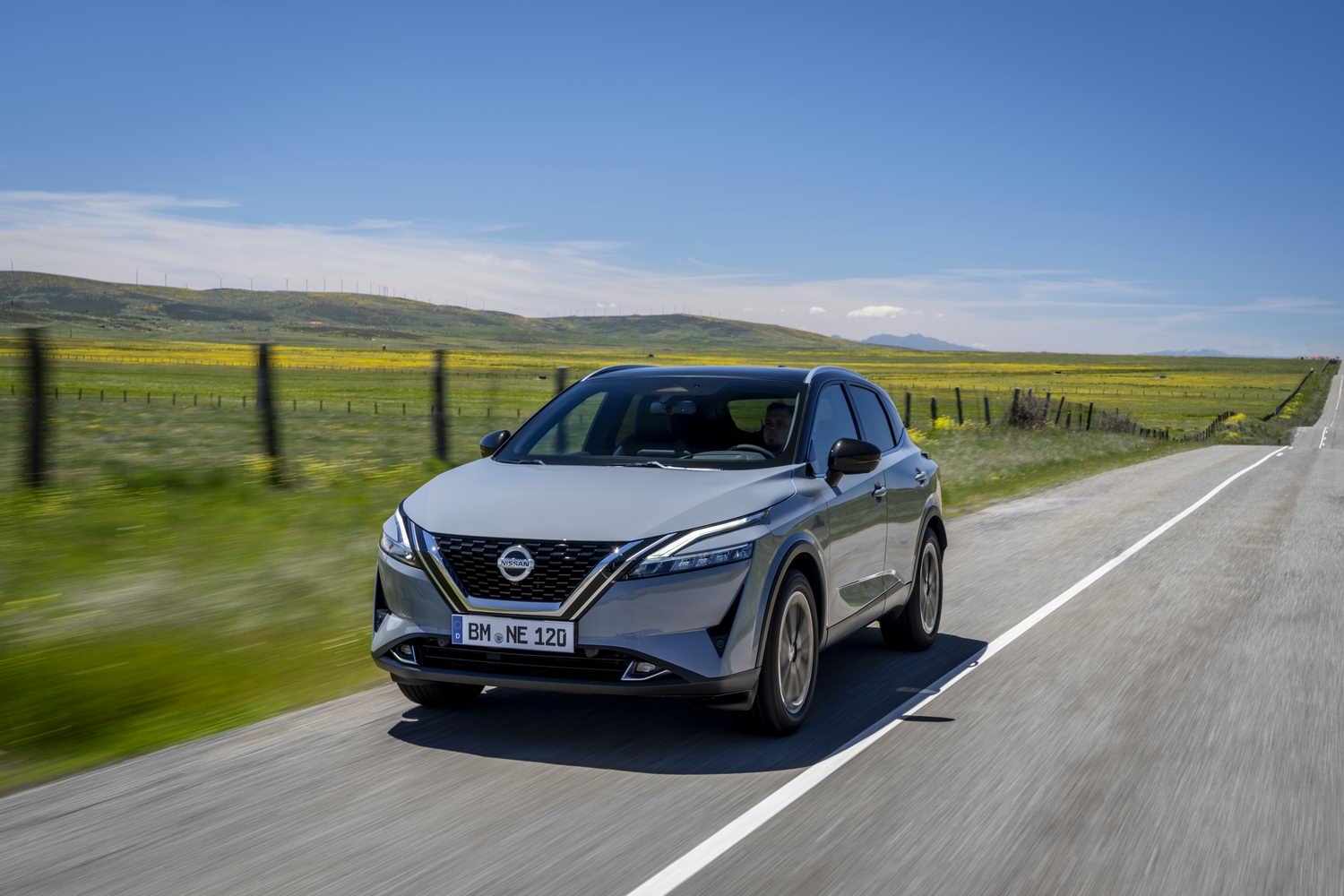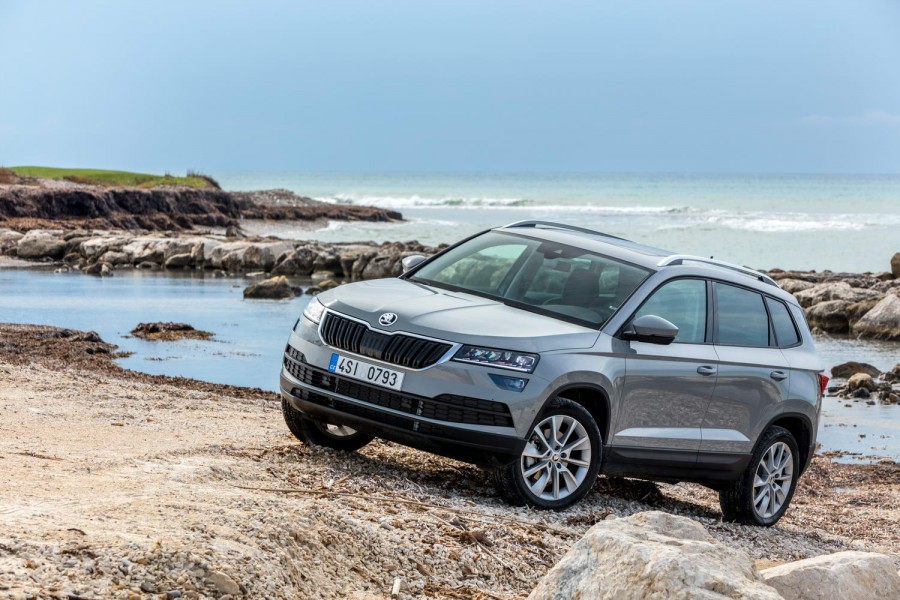The Suzuki SX4 S-Cross has long been something of a lost sheep, crowded out of contention by some larger, more convincing alternatives and outshone by its more charming little brother, the Vitara. That meant few customers appreciated the S-Cross's qualities, and it was banished to an unloved corner of the family SUV market. In a bid to rectify that, Suzuki has completely reinvented its Qashqai-rivalling crossover, but can a massive shift in attitude really take Suzuki to the top of a competitive class?
In the metal
The new Suzuki S-Cross looks nothing like its predecessor, and that's no bad thing. The old S-Cross was hardly ugly, but it was a bit bland and forgettable, so with the new model Suzuki has attempted to rectify that by raising the body and opting for a bolder, chunkier image. It isn't about to win any awards for creativity or innovation, but it's a reasonably handsome thing - assuming you can get on board with the massive front grille.
For those who prefer not to look at that, the best place to sit is the driving seat, from which you can survey a cabin that has also been completely redeveloped. Of course, plenty of parts have come straight from other models in the Suzuki range, but it's a much less drab place to sit than the old S-Cross. Some dashboard trim in matt silver and glossy black help to lift the mood slightly.
But most notable among the upgrades is a new touchscreen infotainment system, which is a vast improvement on what went before. It's much less clunky than the old S-Cross's screen, which looked like the title menu for a particularly naff Nintendo64 game, and it's far more advanced. It even comes with a clever 360-degree reversing camera system that provides a drone-style view of the car and its surroundings.
Yet despite this improvement, the screen still feels old compared with the ultra-modern systems found in cars such as the Hyundai Tucson. Admittedly, there's charm in having the features you need, rather than the features you want, but the S-Cross's displays still seem to have come from the last decade.
And even worse is the way the materials manage to feel robust and cheap all at once. It's a special atmosphere Japanese manufacturers seem to have perfected, and it involves some disappointingly low-rent plastics being bolted together with meticulous precision. The door cards, glove box and centre console all feel unforgiving and uninviting, but you know they'll last the course. And though the switchgear all feels pretty solid, it works impeccably.
All of which adds up to a van-like sense of solid functionality, but it doesn't do much for delusions of grandeur. There's nothing wrong with a bit of down-to-earth durability, but even brands once considered 'budget', such as Kia and Skoda, are producing cars that feel more premium than the S-Cross.
They're more spacious, too. Although there's plenty of room in the front of the new S-Cross, the rear legroom is merely adequate, and headroom is tight for anyone above average height. Not only is there more rear passenger space in a SEAT Ateca, but there's also much more boot space. Suzuki says the luggage bay measures a respectable 430 litres, but that isn't enough to match the SEAT, which offers more than 500 litres of luggage capacity.
Driving it
For the time being, S-Cross customers have just one engine option: a 1.4-litre petrol unit with mild-hybrid technology. That sounds fancy, but it's nowhere near as sophisticated as the full and plug-in hybrid systems available on some other models in this class. It's a glorified stop-start system that allows the engine to switch itself off earlier and helps it out when you put your foot down, helping to save fuel.
Anyway, that engine is offered with a choice of six-speed manual and automatic gearboxes, both of which are available with front- or four-wheel drive. However, the range-topping Ultra trim we tested comes with all-wheel drive as standard.
Of course, most SUV customers will barely notice whether their vehicle has all-wheel drive or not, because cars in this class are rarely used off-road. However, Suzuki's AllGrip all-wheel-drive technology comes with a host of drive modes that tune it to the driver's requirements. Sport mode, for example, tweaks the settings so more of the car's power is sent to the rear wheels, while Snow mode tunes the car for maximum traction on slippery surfaces. There's even a locking differential to prevent excess wheelspin and maintain progress in snow, mud or sand.
All of which should make the S-Cross fairly competent off-road, although we haven't had a chance to test that theory just yet. Instead, we've driven the car where it will spend most of its time: on the road.
Fortunately, it performs well on the asphalt, with the 129hp engine proving refined and acceptably powerful, while the six-speed manual gearbox is slick enough without being especially impressive. We could say the same about the 0-100km/h time of 10.2 seconds, but these things just don't matter in a car like this. It's quick enough and it's fairly easy to drive.
That's partly down to the steering, which is quite light and makes the S-Cross simple to manoeuvre and easy to thread down narrow streets. It feels a bit numb and detached at speed, however, which reduces driver confidence in corners. That's a pity, because this detracts from a car that's actually quite good to drive.
Suzuki has worked hard on the S-Cross suspension, so the admittedly plentiful body roll is smooth and controlled, while grip is plentiful, and the relatively low kerb weight makes the Suzuki feel light on its feet. It's also surprisingly comfortable, with the springs soaking up most of the bumps and taking the edge off the very worst. Only on very broken surfaces does the car start to judder slightly - a problem that seems to be worse in the heavier automatic versions.
Opting for the automatic gearbox will also damage the economy slightly. Even in all-wheel-drive form, the S-Cross burns through only 5.9 litres/100km on the official economy test, and the figure is even lower in front-wheel-drive cars. But no matter whether the S-Cross is front- or four-wheel-drive, the automatic versions are consistently thirstier than their manual counterparts.
What you get for your money
Irish pricing for the S-Cross starts at €29,365 for the Motion version. Add €2,030 for an automatic gearbox and €375 for metallic paint. There are no other single options to consider.
Standard in the Motion are 17-inch alloy wheels, a seven-inch touchscreen and a reversing camera are all included as standard, along with heated front seats, front and rear parking sensors, and keyless entry and start. The list of safety systems includes blind-spot monitoring, lane departure warning and autonomous emergency braking, which can stop the car if the driver fails to respond to a hazard.
A forthcoming S-Cross Ultra will add full leather upholstery, a panoramic sunroof and a nine-inch touchscreen, as well as navigation and the AllGrip all-wheel-drive system.
Summary
Suzuki might claim its new S-Cross is a rival to the Hyundai Tucson, SEAT Ateca and Nissan Qashqai, but it feels too old-school and too cheap to mingle in such illustrious circles. Instead, it feels much more at home alongside cheaper alternatives, where the composed ride, efficient hybrid powertrains and bountiful standard equipment shine through. The S-Cross may not bring Suzuki the success it might have hoped for, but it's still a decent budget SUV.















